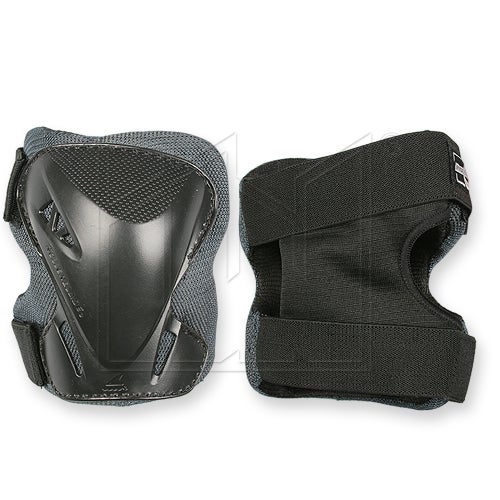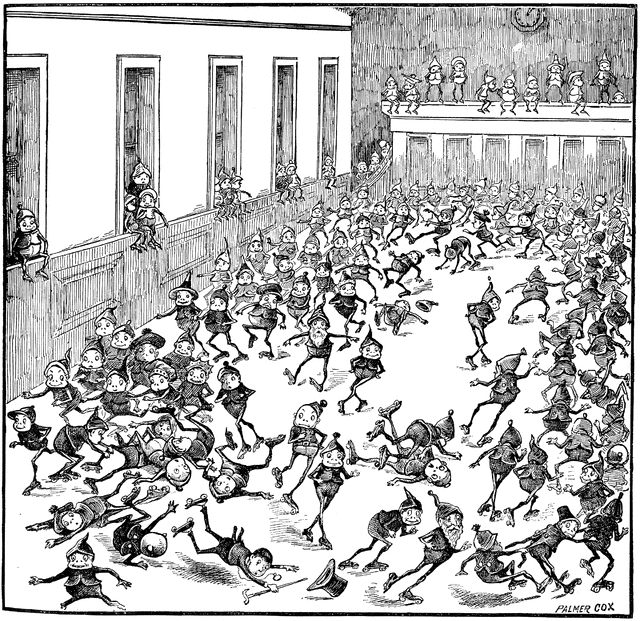I want to ramble on here for a few paragraphs about head protection. I'm speaking as a person with both a skating and an engineering background, but this is all Opinion. I don't want any legal eagle saying I said "something was safer or better". No, I'm just examining the options. Since there is no figure skating
ASTM approved helmet, figure skaters are left to use helmets or head protection from other sports disciplines. I want to explore the options available to skaters, and talk about the good, the bad, and the risky and the good enough.
Skateboarding helmets aka Flatback helmets
 |
I am not endorsing any Product.
This is just a picture. |
I've seen these on a lot of adult skaters who jump or are learning back threes. In fact my rink requires students in group who are learning back threes to wear a helmet. This is an eminently sensible idea. I have a skater friend (ice dancer working on his Silver Dances and Moves) who took blows to the head three times while learning back threes. I wold have quit after that.
What's good about this style of helmet?
If you fall backwards it will keep your skull from being smashed in. We've all seen that happen. Right? No, of course not. This helmet is designed for people going fast who fall on concrete. It's probably over kill for most adult skaters. Most of us aren't jumping high enough and skating fast enough to rate that kind of coverage. But, as a normal adult, one of these helmets with decent padding will probably reduce the trauma to your brain by spreading the force of the blow from a point force to where it's spread out over a wider area to reduce the force to any single point on the head. These seems to be a suitable option for adults as these kinds of helmets are easy to find and are inexpensive. It may give too much protection, but who cares about that? If it's not interfering with your skating, why not use it?
The cutback on the back, will not snap your head forward if you fall onto the back of your head. Trauma to the neck could happen if the helmet had any protrusions on the back. Which brings us to helmet number two.
Biking helmet with the Pointy Backend
And now we come to the biking helmet with the aerodynamic shape. I've seen these on many kids and a couple of adults. They scare me.
The shape of these helmets is to reduce drag at speeds that usually only professional bikers achieve. Little Johnny isn't going those speeds. Why people buy these helmets for any sport is beyond me. I guess they buy whatever is cheapest on the shelves.
But from a skating protection perspective they scream 'Danger!'. The protrusion on the back makes me think that if Little Johnny slips backwards and hits his head on that pointy back end, then his head may snap forward and injure his neck.
Fortunately, I doubt many kids are going to fall back hard enough or fast enough to make their neck snap while wearing this style. For one thing, I don't think I've seen one kid out of ten who is a. wearing helmet that fits, or b. is properly secured. So the helmets are usually not doing any good at all.
As an opinion, I'd never wear one of these helmets on ice or put one on someone I loved. If the helmet has to be shared between skating and biking, it's easier just to get a flat-backed biking helmet.
Ice Skating Protection
Then there's the
Ice Halo. This was originally designed for curling, but has been used by figure skaters as well. It is constructed of a band of thick closed cell light weight foam, and appears to be made of the same stuff as the foam in regular helmets. It is covered by different kinds of fabric. It's been tested to reduce the force of a fall by 250 G.
 |
| Available in bunches of fabric covers |
When I returned to skating I felt unsteady so I bought one (the black jersey). I liked it. It gave me confidence to try things that I might have otherwise avoided. I never fell and hit my head in it so I have no testimony. From a protection perspective, I can't think of a downside to the Ice Halo. It's small enough to not interfere with jumps and can fit in your skate bag. It comes in two sizes (one for kids, one for adults) and is adjustable. It may not offer perfect protection, but it offers decent protection without the weight of a helmet. It is surprisingly hot.
I was happy with it. But I got comments about it. Every time I wore it coach would say, "I see you have your little hat." Then one day it disappeared forever and at the next lesson he said, "Where's your little hat?" He was polite, but I could tell he didn't like it.
So, from a performance perspective I think it works well for adult skaters if they get the right size (I needed a small), but it will raise comments. I tried to get a couple of guys I knew to try it out (including one already wearing a helmet) and just got expressions of horror before getting a polite "No."
The Pad in the Hat
I'm now much steadier on my feet than when I was wearing the Ice Halo, so for long months I didn't wear any head protection at all. Then I had a fall backward in waltz hold and I decided it might be time to get something. I'm short, and I don't go very fast. I felt I don't need a helmet until I get to back threes, and it would make Dance Coach frown to do dance in a helmet. So I went back to what I used to use when I skated years ago, I stuff a
Skating Safe knee pad or two in a hat and wear that. (Mind you this is totally off use for these pads. These are designed to protect your knees not your head.) The hat is close fitting and presses the Skating Safe pads against my skull. They aren't flopping around.
Is it perfect? No. Do I feel comfortable with it? Well, I wouldn't want to fall backwards at speed and ram my head into the boards in it. I don't think it gives enough protection for that. But I'm not going to have those kinds of falls anytime soon. I'm going to have falls where hitting my head on the ice is incidental to the fall and I'll be going slow. So I feel comfortable with it for those low risk falls. This is about risk mitigation. I wear the Pad in the Hat as something to reduce the risk for a fall at the low level I'm at now. When I advance a level and do riskier elements, I'll reassess the situation and decide at that point to move up to an Ice Halo or a skateboard helmet.
The best thing of all? Dance Coach just thinks I'm wearing a hat because the rink is cold! Totally slipped it past him!
Selecting your head protection is hard for skaters. There's no ASTM certified helmet for ice skaters so we have to make do. Many adult skaters use a flat back helmet when they feel they need head protection for learning elements which have a high risk of head blows. The Ice Halo advertises itself to a high standard of protection. Finally, there is my (temporary) solution to us the pad in the hat for giving me some basic protection while learning low level dances where falls are seldom to the head.
Review your options. What level of risk are you at? How fast are you going? What elements are you doing? It's all up to you.

























